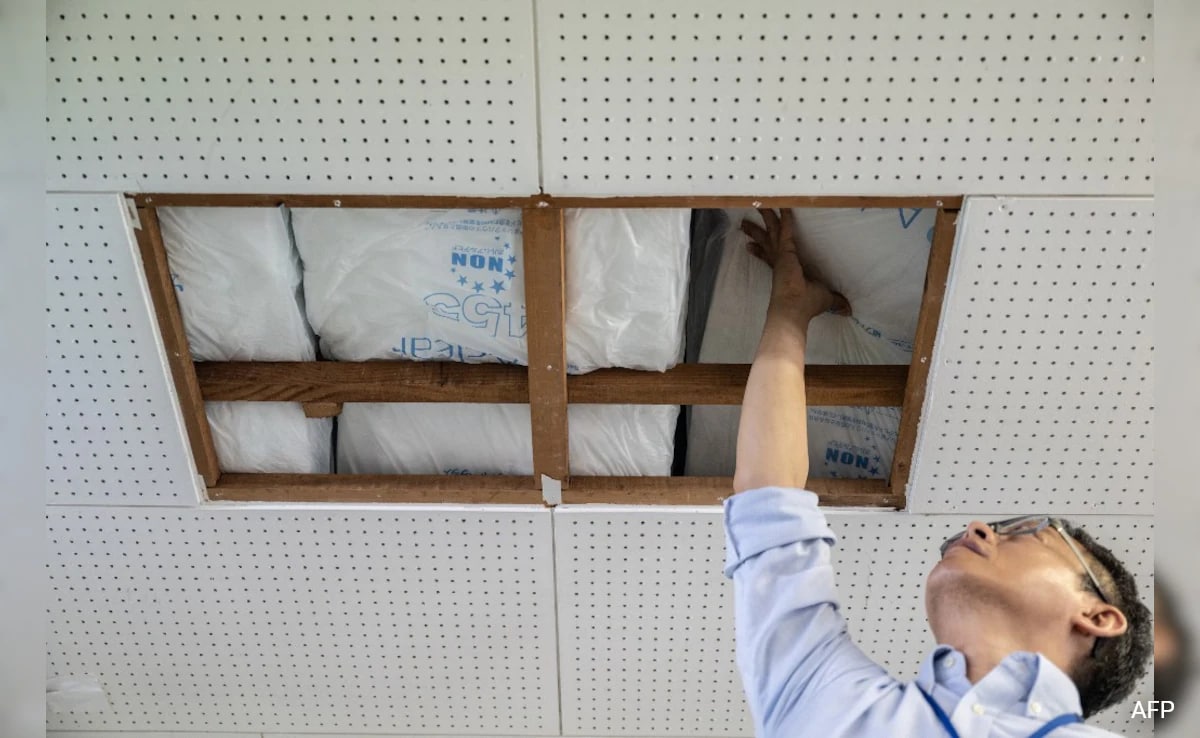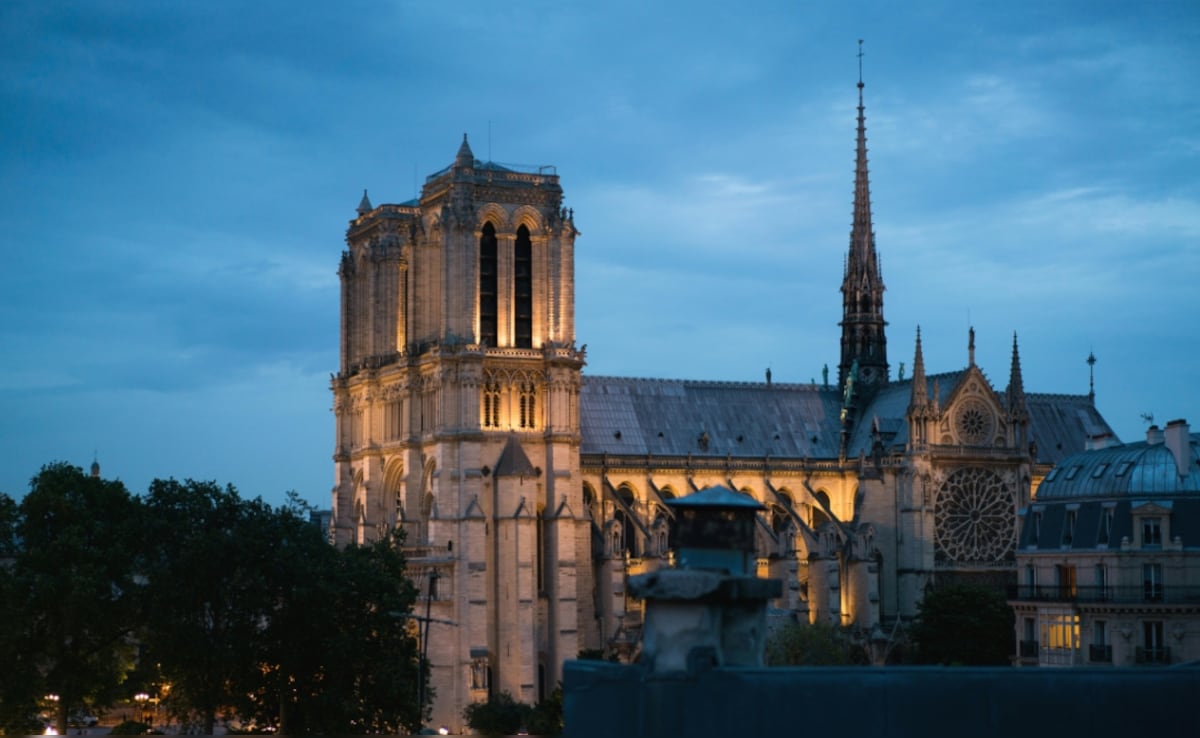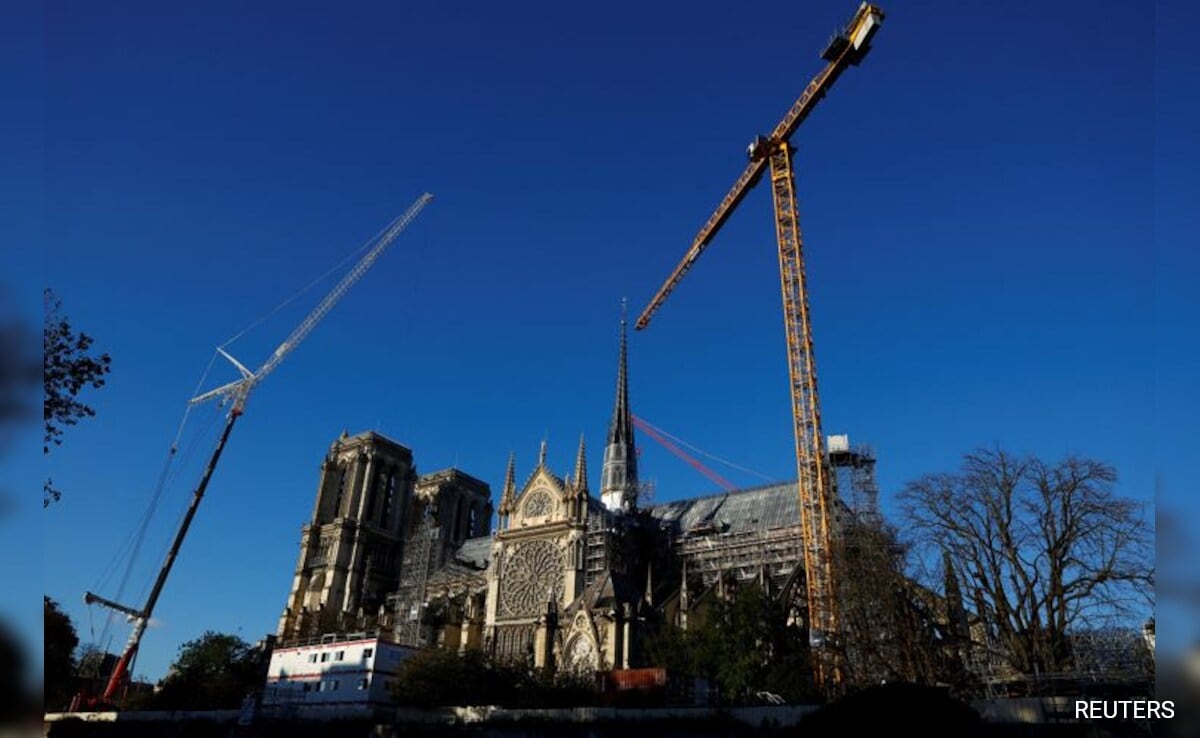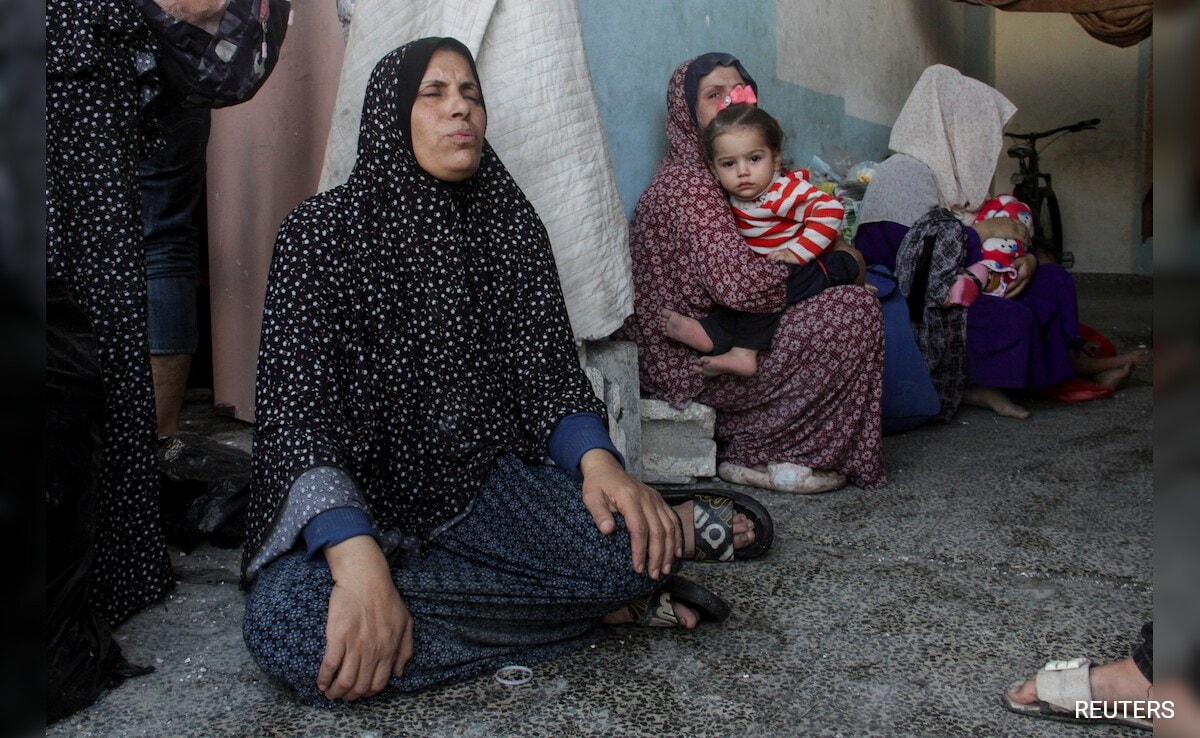Pupils are wilting in ageing school buildings in Japan because poor insulation is cancelling out the effect of air conditioning, leading to drowsy kids and testy teachers.
But it also means higher electricity bills and more carbon emissions in a country that campaigners say is behind on making buildings more energy efficient.
“Children are often banned from playing outside, while teachers frantically ask them to drink water from morning to afternoon,” said Tokyo elementary school teacher Yuriko Takahashi.
“Even when they can have a physical education class outside, they have to come back to a classroom that is so hot… Poor kids,” the 29-year-old told AFP.
Japan just recorded its hottest July since records began 126 years ago, and since April heat has killed 59 people, according to the disaster management agency.
Last year, the country recorded its hottest September since records started, just after students got back to classrooms after summer holidays.
In recent days Japan has seen temperatures touching 40 degrees Celsius (104 Fahrenheit), with a record 12,666 heatstroke patients taken to hospital last week, according to broadcaster NHK.
“In recent years, summer has been arriving much earlier, well before children go on vacation (in mid-July),” said Greenpeace climate and energy campaigner Kazue Suzuki.
“Many school buildings in Japan are 60 or 70 years old and do not have enough insulation… The problem now is that ACs installed are not working because of it.”
Tokyo’s Katsushika ward, which has 73 elementary and middle schools, has renovated a few classrooms at two schools so far, adding extra insulation in the ceiling and walls, as well as installing heat exchanger devices to cool down classes.
In those classrooms, the AC now cuts the temperature from 32C to 27C in 45 minutes, compared to 100 minutes before, and uses less than half the energy, the ward says.
More than 60 per cent of students said they could concentrate better after the renovations, it adds.
“We also doubled the windows,” said Takatoshi Kimura, a Katsushika official in charge of facility renovation.
Kimura said this is part of the ward’s pledge to reach net-zero carbon emissions by 2050.
But Greenpeace’s Suzuki said Japan remains way behind global energy efficiency standards for buildings.
“It will be only from next year that a certain level of insulation becomes required when building a new house in Japan… but unfortunately, the required level will still be very low,” she said.
At school, teacher Takahashi says hotter temperatures have made once regular parts of a student’s day less routine.
“Children can no longer do what they used to do naturally, like playing in the schoolyard,” she said.












